Greenland, the world’s largest island, is known for its icy landscape and frigid temperatures. However, it is not the name that one would expect for a landmass that is mostly covered in ice.
So why did Viking Erik the Red call it Greenland? The answer to this question is shrouded in history, but there are a few theories that provide some insight into the naming of the island.
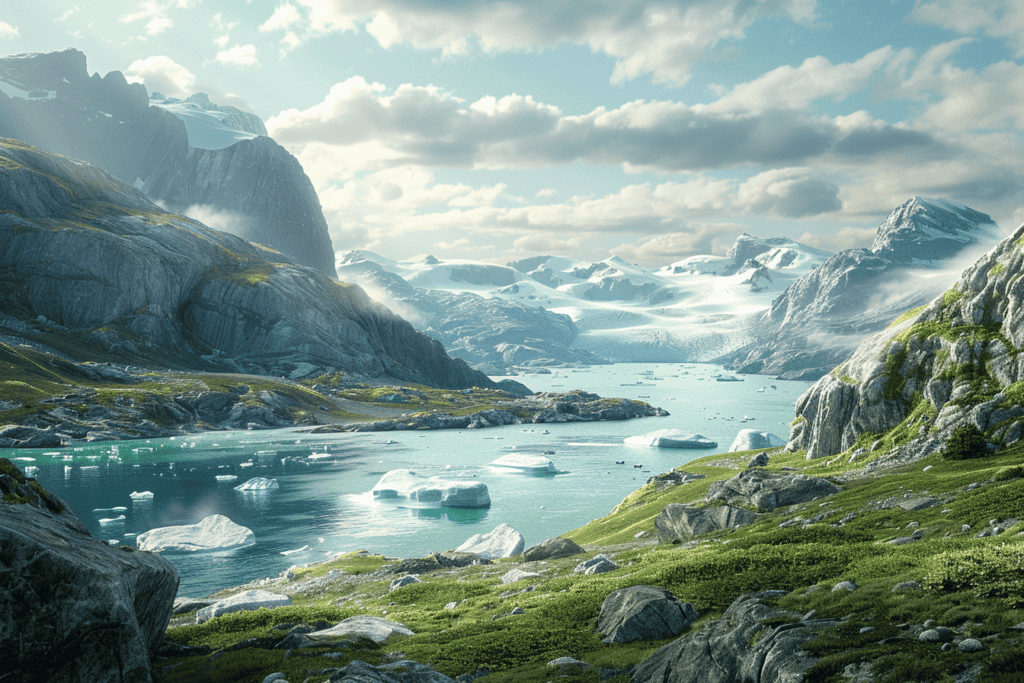
Erik the Red was a Viking explorer who is credited with discovering Greenland in the 10th century.
According to one theory, he named it Greenland to attract settlers to the island.
At the time, Iceland was becoming overcrowded, and Erik needed a way to convince people to leave their homes and settle in a new land. By calling it Greenland, he was able to make the island seem more appealing and habitable than it actually was.
Another theory suggests that Erik the Red called it Greenland because it was actually greener than it is today.
During the Viking Age, the Earth experienced a period of warming known as the Medieval Warm Period. This caused the glaciers on Greenland to recede, revealing more of the island’s vegetation.
This theory is supported by the fact that there are remnants of Viking settlements on Greenland that suggest that the island was once more hospitable than it is today.
Erik the Red: The Man Behind the Name
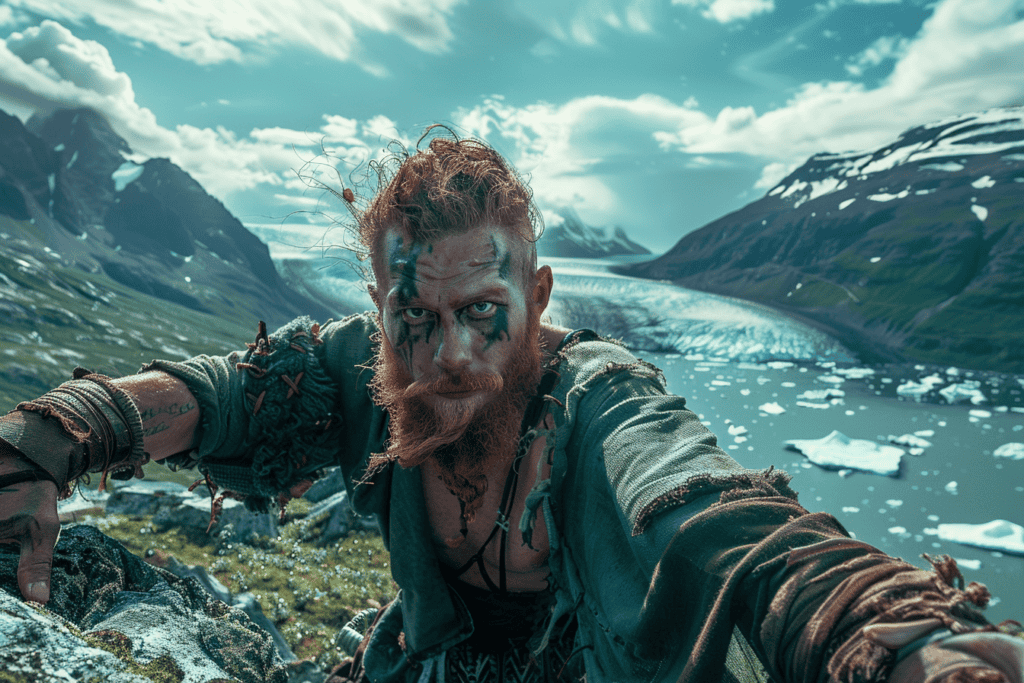
Erik the Red, whose original name was Erik Thorvaldsson, was born in Jaeren, Norway, in 950 AD. He was the son of Thorvald Asvaldsson, a chieftain who was exiled from Norway for murder, and his wife, who was also of noble birth.
Erik grew up in Iceland, where he became a chieftain himself and was known for his hot temper and violent tendencies.
In 982 AD, Erik was banished from Iceland for three years after killing two men in a dispute. He sailed westward and discovered a land that he called “Greenland,” believing that the name would attract settlers to the region.
Discovery and Settlement of Greenland
Erik returned to Iceland in 985 AD and convinced around 300 people to join him in his quest to settle Greenland.
Despite the harsh conditions and the loss of many ships during the journey, Erik and his followers established two settlements on the coast of Greenland, which they named the Eastern and Western Settlements.
The sagas describe Erik as a strong and determined leader who was able to overcome many obstacles in his quest to settle Greenland. He was also a skilled navigator and explorer who continued to explore the region and establish trade routes with neighboring areas.
Greenland’s Misleading Moniker
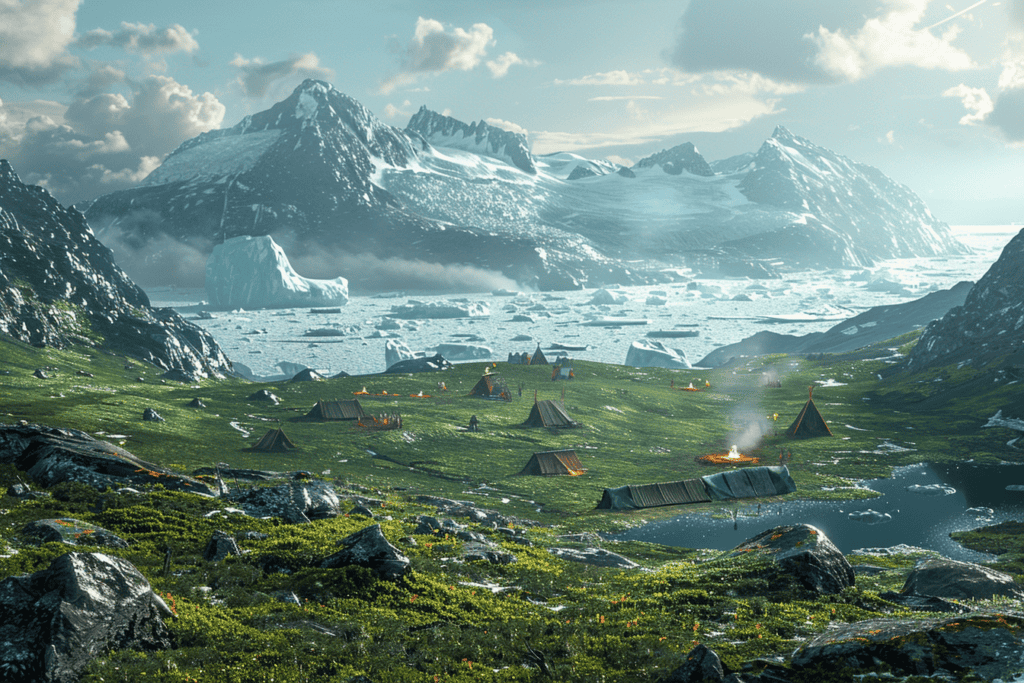
Greenland’s name is a bit misleading, given the fact that it is mostly covered in ice. However, the name was given by Viking Erik the Red, who was a master of marketing.
Erik the Red was looking to establish a new colony in a land that was largely unknown to the rest of the world.
He knew that the name he chose for this new land would be important in attracting settlers. So, he chose the name “Greenland” to make it sound like a lush and fertile land.
Greenland’s name stands in stark contrast to that of its neighbor, Iceland. Iceland, despite its name, is not completely covered in ice.
However, Erik the Red’s marketing strategy worked, and he was able to attract settlers to Greenland. The settlers established two main settlements on the coast of the island, the Eastern and Western Settlements.
Despite the fact that Greenland is mostly covered in ice, the name has stuck throughout history.
It is interesting to note that Erik the Red also named another land “Vinland,” which is now believed to be part of North America. However, the name did not have the same marketing appeal as “Greenland,” and the colony in Vinland was short-lived.
Legacy of Norse Settlements On Greenland History
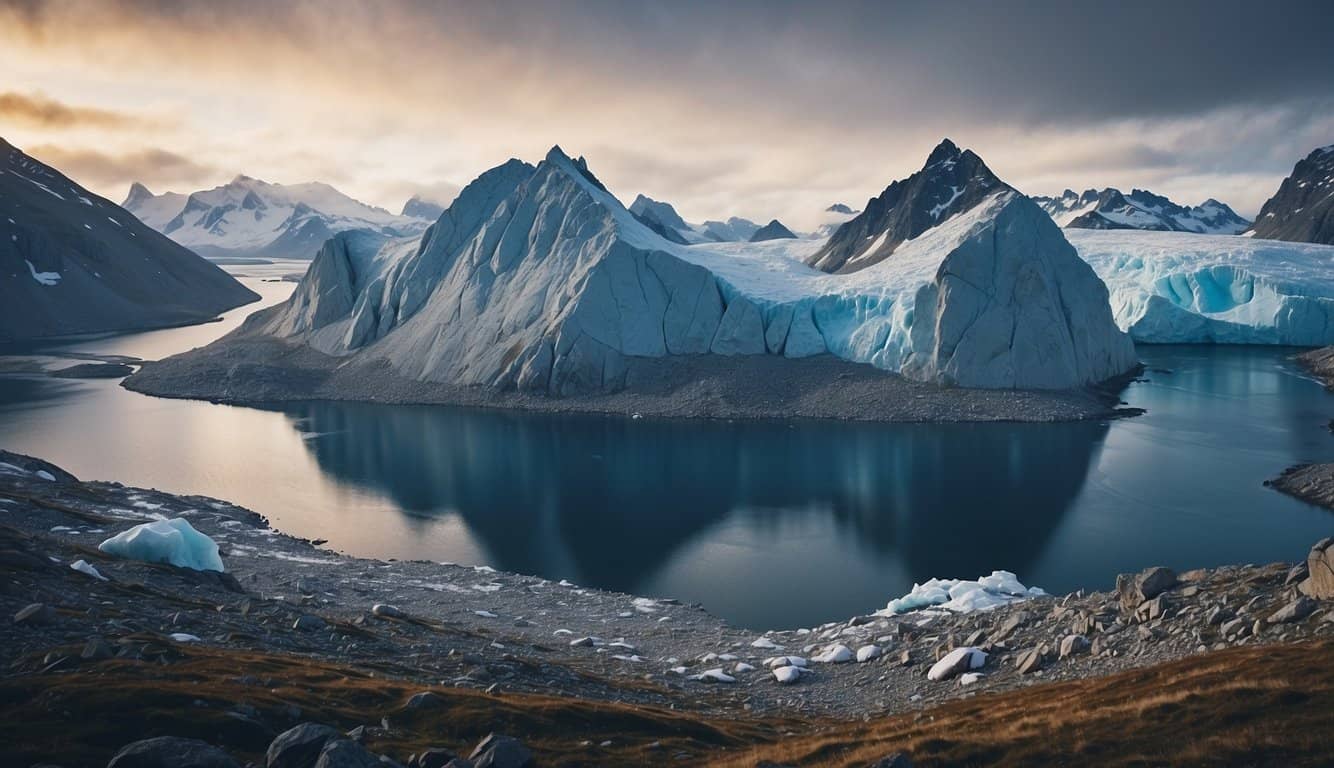
The story of Erik the Red and the naming of Greenland has had a significant impact on Norse sagas.
The saga of Erik the Red, also known as Eiríks saga rauða, is one of the most well-known sagas from the Viking Age. It tells the story of Erik the Red’s banishment from Iceland and his subsequent discovery and settlement of Greenland.
The saga of the Greenlanders, or Grænlendinga saga, is another important saga that tells the story of the Norse settlement of Greenland. It describes the lives of the Norse settlers in Greenland and their interactions with the Inuit people who also lived on the island.
These sagas have helped to shape our understanding of the Norse culture and their way of life. They provide valuable insights into the daily lives of the Norse settlers in Greenland and the challenges they faced in this harsh and unforgiving environment.
The Norse settlements in Greenland had a significant impact on the history of the region.
The Eastern and Western Settlements, founded by Erik the Red and his followers, were the first European settlements in the New World.
The Norse settlers in Greenland were skilled farmers and hunters who were able to adapt to the harsh environment of the island.
They established a thriving community that lasted for over 400 years, until the settlements were abandoned in the 15th century.
The legacy of the Norse settlements in Greenland can still be seen today. The ruins of their homes and farms are scattered throughout the island, and their impact on the local culture and environment is still felt.
Life in Greenland During Erik’s Time
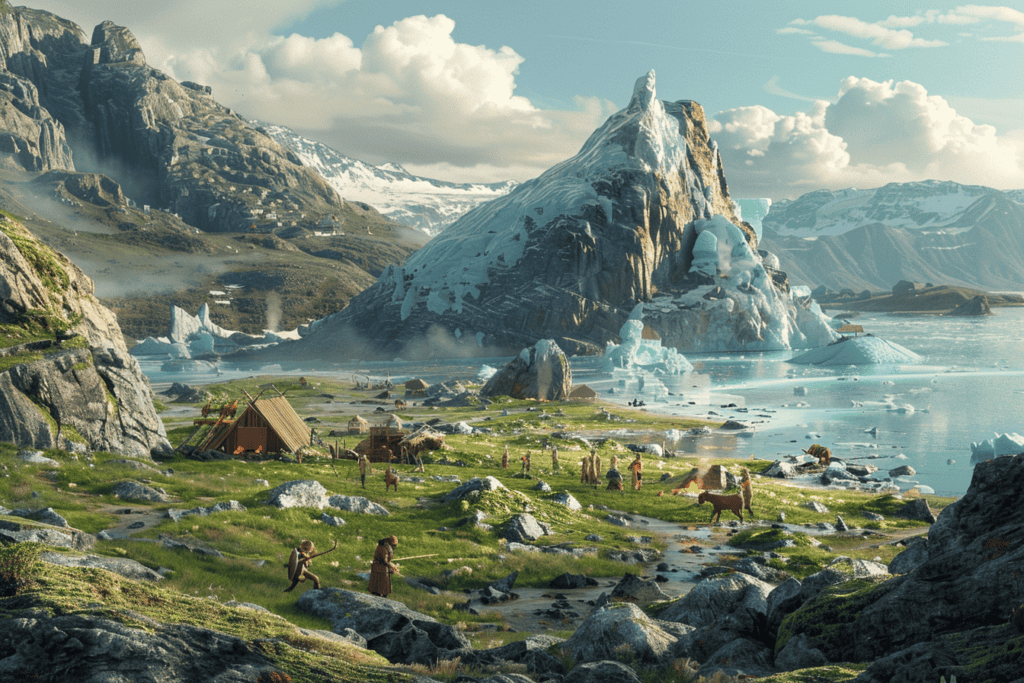
Life in Greenland during Erik’s time was challenging due to the harsh weather conditions and limited resources.
The Norse settlers had to rely heavily on farming and animal husbandry to sustain themselves. They grew crops such as barley and raised livestock like sheep for food and clothing. However, the harsh climate made it difficult to grow crops, and the soil was often poor, which led to frequent crop failures.
In addition to farming, hunting and fishing were also essential for survival.
The Norse settlers hunted seals for their meat and fur, and they fished for cod and other fish in the surrounding waters.
The settlers also interacted with the Inuit and Dorset cultures, who had been living in Greenland for thousands of years. They learned from them how to hunt and fish in the harsh environment, which helped them to survive.
Interactions with Indigenous Peoples
The Norse settlers in Greenland had both friendly and hostile interactions with the indigenous peoples. The Inuit and Dorset cultures had already been living in Greenland for thousands of years before the Norse arrived.
The Norse settlers traded with the Inuit for furs, ivory, and other goods. They also learned from the Inuit how to hunt and fish in the harsh environment.
However, conflicts also arose between the Norse settlers and the indigenous peoples. The Norse settlers saw themselves as superior to the Inuit and Dorset cultures, and they often tried to convert them to Christianity. This led to tension and conflict between the two groups.
Despite the challenges, the Norse settlers managed to survive in Greenland for several centuries. They built churches and established a colony that lasted until the 15th century.
Today, the Kalaallit, who are the descendants of the Inuit people, still live in Greenland and continue to maintain their traditional way of life.


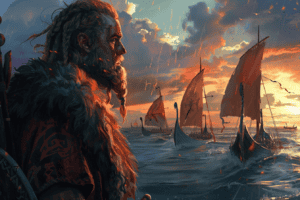
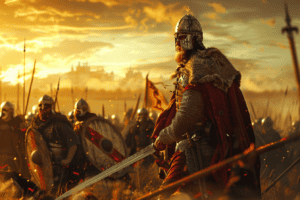
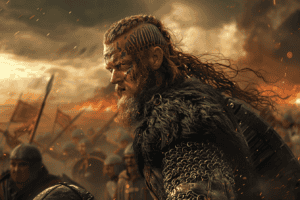





Add Comment